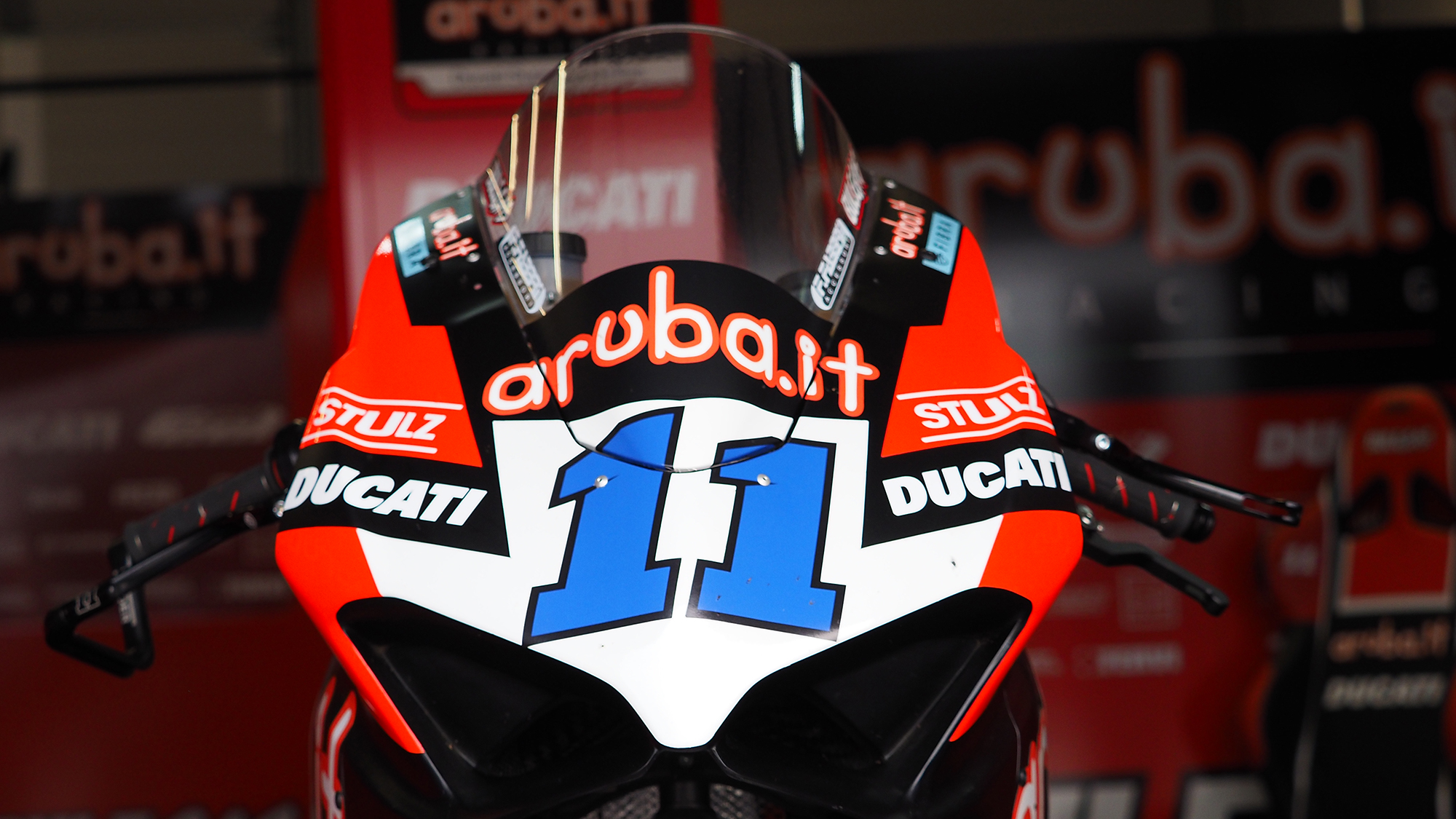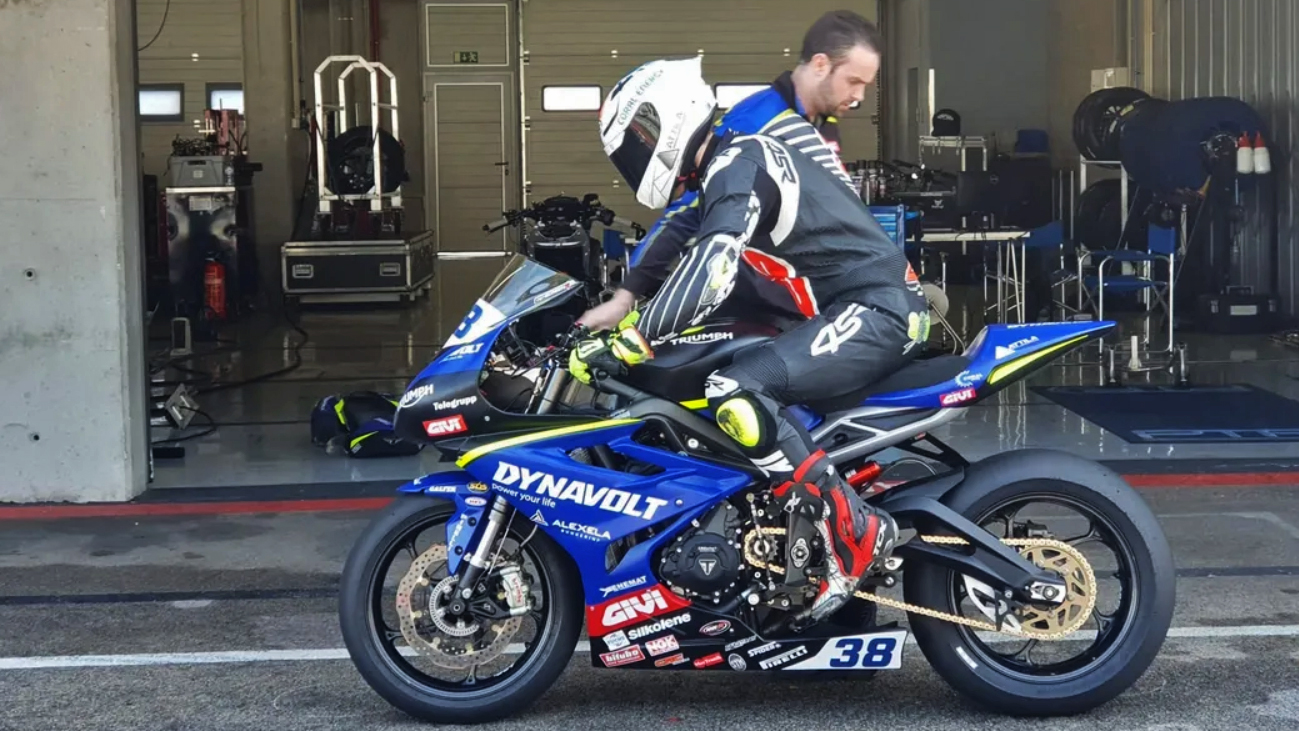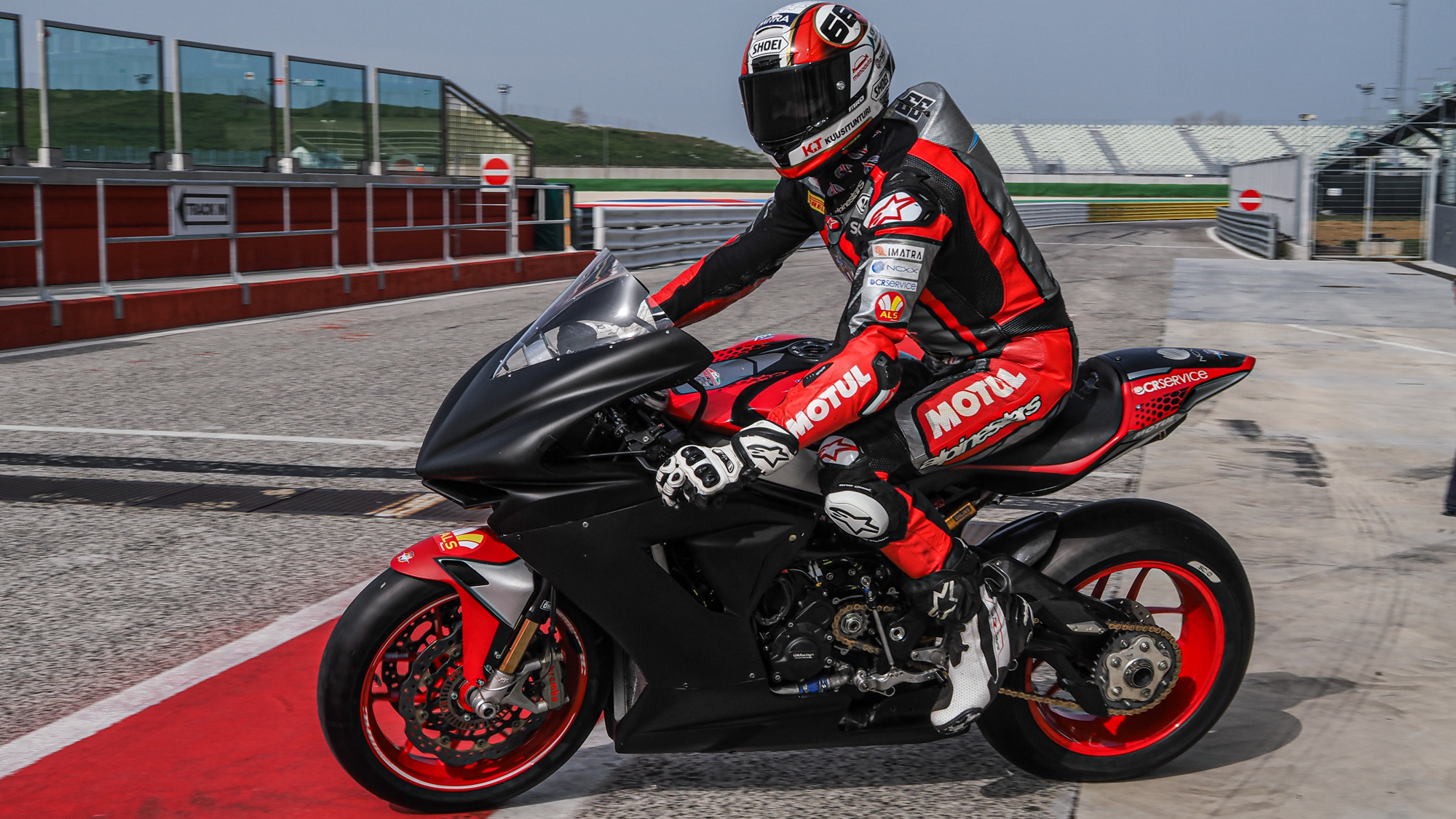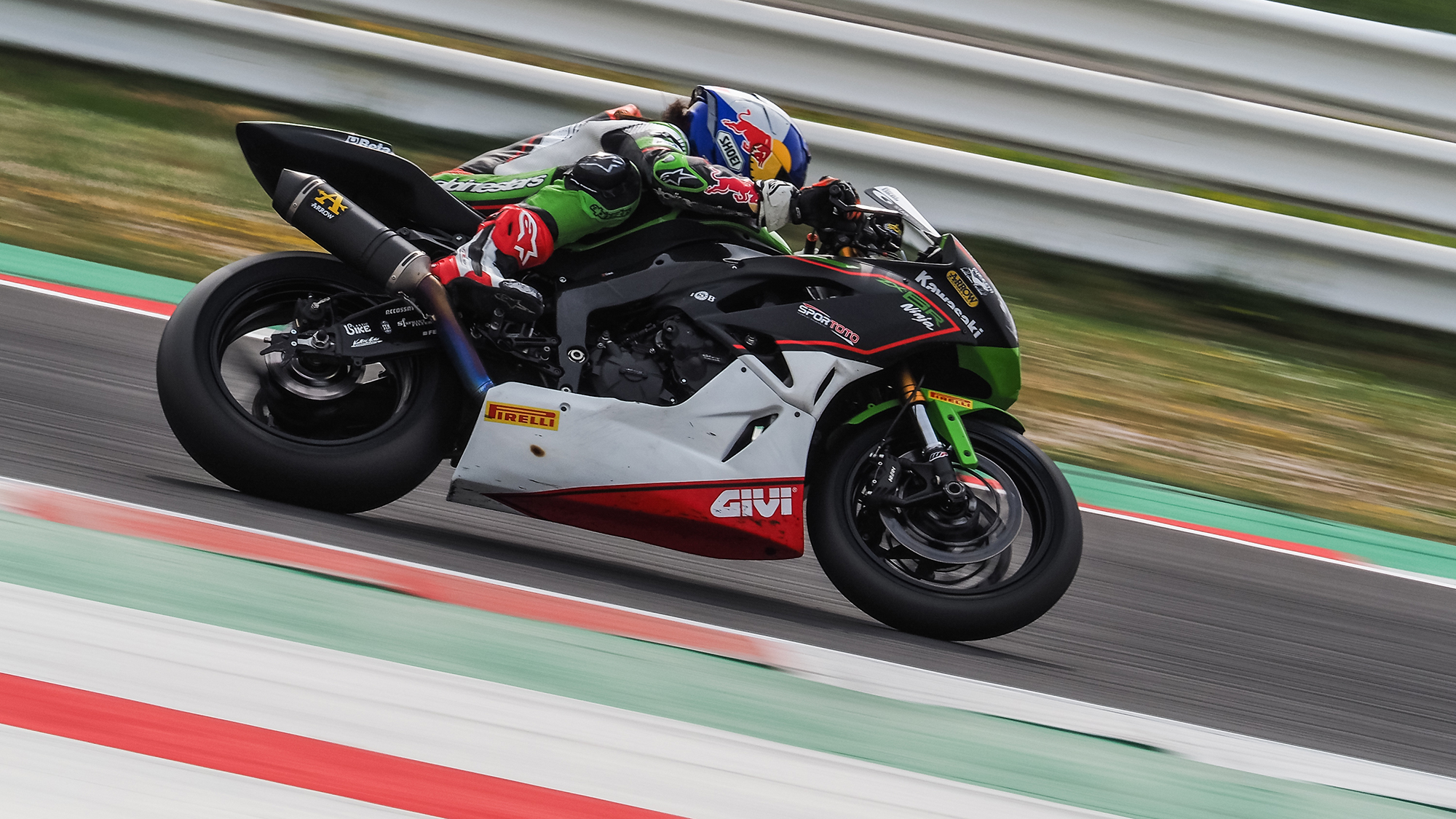INTRODUCING: the bikes for the 2022 WorldSSP campaign!
WorldSBK commentator Steve English takes a dive into the bikes that will compete in the 2022 WorldSSP season including new machines and returning manufacturers
The biggest shake-up in the history of the FIM Supersport World Championship is on the horizon. After recent years of consistent Yamaha success, the class is now set to become one of the most hotly contested series in the world with the return of manufacturers and new bikes taking to the field in 2022.
With five manufacturers on the grid, and bikes from Suzuki and Honda also homologated, parity is the watchword in the intermediate class. The FIM have introduced new regulations that will allow the twin-cylinder Ducati to compete alongside the Triumph and MV Agusta triples and the four-cylinder offerings from Yamaha and Kawasaki. The successful use of performance balancing in the FIM Supersport 300 World Championship has given the FIM experience of how best to allow each manufacturer to have a chance to compete for a World Championship on a level playing field.
In recent years, the ever-changing landscape of the road bike market, which sets the basis for all bikes in the WorldSBK paddock, has limited the opportunities for teams to run a diverse set of bikes in the intermediate class. With different engine configurations, capacities and weights, the balancing will be closely monitored to ensure that the Supersport class is competitive.
The biggest headline for the Supersport class is that Ducati are back in the class. With seven Panigale V2 machines lining up on the grid, the 955cc twin cylinder machine is arguably the most lusted after bike in the class. The standard bike generates 155bhp but will have fewer revs available to other manufacturers due to the nature of a twin-cylinder machine and should cap out at around 11,000rpm. With established race winners like Federico Caricasulo (Althea Racing) and Rafael de Rosa (Ducati Orelac Racing VerdNatura) joining a strong stable of rookies, the Italian machine will be at the front of the field. Former Moto2™ rider Nicolo Bulega steps into the Supersport class with the support of the Aruba.it Racing WorldSSP Team. During a test at Portimao, Bulega lapped under Jules Cluzel’s (GMT94 Yamaha) Superpole lap record from the 2021 round while at Misano, Ducati were one of three manufacturers, along with MV Agusta and Kawasaki to dip under the all-time lap record which was set by Cluzel in 2015.
Triumph return to the class for the first time since 2018 with the Street Triple. This three-cylinder machine will have a 765cc motor and should rev to around 14,000rpm. Last year, the bike was trialled in the British Supersport class with WorldSSP race winner Kyle Smith partnered with Brandon Paasch. The duo combined for five podiums and two race wins. Interestingly for Triumph, one of their best weekends of 2021 in Britain was at Donington Park where Paasch had two podium finishes. The British round of the 2022 WorldSSP campaign will certainly be one that the Dynavolt Team will earmark as one to watch for the experienced Hannes Sommer and former Moto2™ rider Stefano Manzi.
Kawasaki will once again be represented in the class but this year they will be able to use the 636cc ZX-6R. Last year in the British Supersport class, this bike dominated in the hands of Jack Kennedy and, for Can Öncü, he will expect to continue the progress he made late in 2021. The Turkish star will be joined by a host of rookies with a lot of expectation on Adrian Huertas as the WorldSSP300 Champion steps up to the intermediate class. The Kawasaki is a four-cylinder machine that should be similar to last year’s bike.
Yamaha, WorldSSP Champions for the last five years, will retain their YZF-R6 machine and while the Ducati has a more powerful engine the Yamaha is nimble, and teams have lots of data about their package. Ten Kate Racing Yamaha will once again return to the class with Dominque Aegerter out to defend his title and the four-cylinder R6 is set to rev to 16,400rpm. With Jules Cluzel and Lorenzo Baldassarri also riding the Yamaha we can be sure to see it at the front throughout the campaign.
The final bike on the grid is a very interesting one. The MV Agusta F3 is an 800cc triple cylinder bike that will have less revs available to it than last year’s 675cc machine but from winter testing it has shown itself to be very competitive. The biggest issue for MV Agusta in the past was that they were always on the limit with their package. Testing left Niki Tuuli walking around the paddock with a big smile on his face as the MV was already able to set similar lap times to the Kawasaki at Jerez, with Tuuli discussing how the new engine may help him in 2022.
With all new regulations comes the question marks over how teams will get the most from their packages. In testing, the times for WorldSSP machines have been close but the way they generate their lap time has been very different. Balancing the rules so that one manufacturer doesn’t have a significant advantage will be tricky but with pre-season testing continuing the FIM will gather more and more information. The final test, the Dorna Supported WorldSBK test at MotorLand Aragon before the opening round of the season, will arguably be the most important for WorldSSP as it gets ready for what should be an historic season.
Rev limits in WorldSSP in 2022 will be confirmed after the balance tests have been completed and following on-track performance closely.
Follow all the action as the next generation of WorldSSP begins using the WorldSBK VideoPass!













